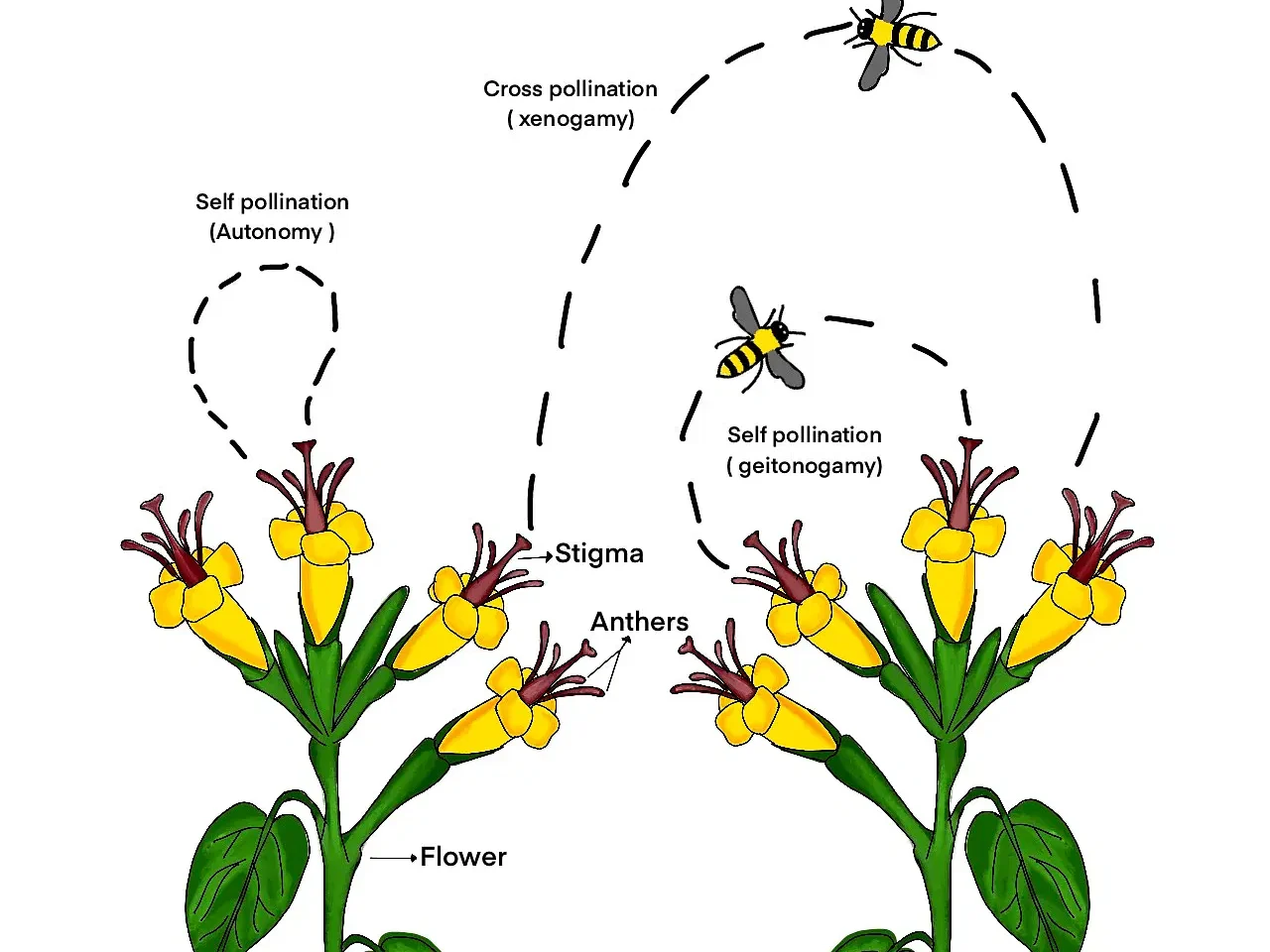The human endoskeleton consists of 206 bones and forms the internal framework of the body. It provides structural support, protects vital organs, and enables movement through joints and muscles.
Major Divisions of the Human Skeleton
The human skeleton is divided into two main categories:
- Axial Skeleton
- Appendicular Skeleton
1. Axial Skeleton
The axial skeleton consists of 80 bones and forms the central axis of the body, including the skull, vertebral column, and thoracic cage.
A. Skull
The skull consists of 22 bones that protect the brain and form the structure of the face. These bones include:
- Cranial Bones (8): Frontal, Parietal (2), Temporal (2), Occipital, Sphenoid, Ethmoid
- Facial Bones (14): Nasal (2), Maxilla (2), Zygomatic (2), Palatine (2), Lacrimal (2), Inferior Nasal Conchae (2), Vomer, Mandible
B. Vertebral Column
The vertebral column is composed of 33 bones (vertebrae) divided into regions:
- Cervical Vertebrae (7): C1-C7
- Thoracic Vertebrae (12): T1-T12
- Lumbar Vertebrae (5): L1-L5
- Sacrum (5 fused vertebrae)
- Coccyx (4 fused vertebrae)
C. Thoracic Cage
The thoracic cage consists of:
- Sternum
- Ribs (24): 12 pairs of ribs (7 true ribs, 3 false ribs, 2 floating ribs)
2. Appendicular Skeleton
The appendicular skeleton consists of 126 bones, facilitating movement and including the limbs and girdles.
A. Pectoral Girdle
The pectoral girdle connects the upper limbs to the axial skeleton:
- Clavicle (2)
- Scapula (2)
B. Upper Limbs
The bones in the upper limbs include:
- Humerus (2)
- Radius (2)
- Ulna (2)
- Carpals (16): Scaphoid, Lunate, Triquetrum, Pisiform, Trapezium, Trapezoid, Capitate, Hamate
- Metacarpals (10)
- Phalanges (28): Proximal, Middle, Distal
C. Pelvic Girdle
The pelvic girdle supports the lower limbs and consists of:
- Hip bones (2): Ilium, Ischium, Pubis
D. Lower Limbs
The bones in the lower limbs include:
- Femur (2)
- Patella (2)
- Tibia (2)
- Fibula (2)
- Tarsals (14): Calcaneus, Talus, Navicular, Medial Cuneiform, Intermediate Cuneiform, Lateral Cuneiform, Cuboid
- Metatarsals (10)
- Phalanges (28): Proximal, Middle, Distal
Functions of the Human Skeleton
- Support: Provides a framework that supports the body’s muscles and organs.
- Protection: Shields vital organs (e.g., brain, heart, lungs) from damage.
- Movement: Facilitates body movement through joints and muscle attachments.
- Mineral Storage: Stores essential minerals like calcium and phosphorus.
- Blood Cell Formation: Red marrow in certain bones produces red and white blood cells.
- Energy Storage: Yellow marrow stores fat as an energy reserve.
10 FAQs About the Human Skeleton
1. How many bones are in the human body?
The human body has 206 bones, with infants having around 270, some of which fuse over time.
2. What is the strongest bone in the human body?
The femur, or thigh bone, is the strongest and longest bone in the human body.
3. What is the smallest bone in the body?
The stapes, located in the middle ear, is the smallest bone.
4. What is the function of bone marrow?
Bone marrow produces blood cells and stores fat.
5. Which bone protects the brain?
The skull, made of cranial bones, protects the brain.
6. How are bones connected to each other?
Bones are connected by ligaments and joints.
7. What are the two main divisions of the human skeleton?
The human skeleton is divided into the axial and appendicular skeletons.
8. Do bones regenerate if they break?
Yes, bones can heal and regenerate after a fracture through a process of bone remodeling.
9. How does aging affect bones?
Aging can lead to bone loss, reducing density and increasing the risk of fractures.
10. What is the function of the ribcage?
The ribcage protects the heart and lungs and supports breathing movements.


